Confederation is far from the most common form of state. Currently, there are units of countries that use this type of device. It provides for a very broad independence of the subjects of this state formation. Let's take a closer look at what constitutes a confederate state.
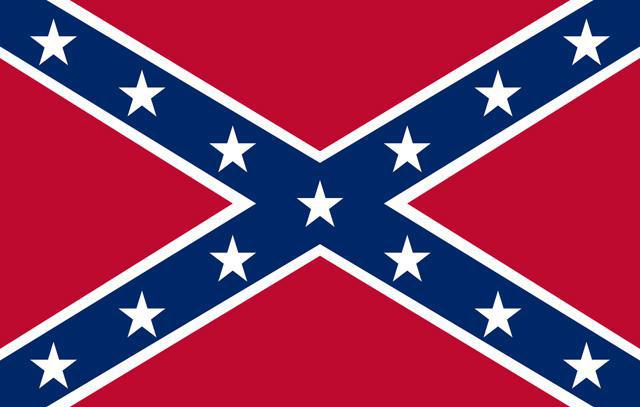
Definition of the term
Let's immediately determine what the concept of a confederate state means. Due to the fact that the meaning of this term is rather vague, there are disagreements between political scientists about which definition should be considered more clear. Nevertheless, on the basis of common ground between different opinions on this issue, one can formulate the meaning of this term, which will substantially satisfy all parties.
Confederation is a form of state in which its subjects retain their sovereignty and have all the signs of statehood. They have their own authorities and legislation. Often, the laws of entities on their territory take precedence over the Union.
The emergence of a confederation is associated with the general goals and objectives of its specific parts. Most often, they relate to the sphere foreign policy and defense. The rest of the subjects are as independent as possible.
Classification of states by form of arrangement
According to the form of the device, there are three main types of entities: unitary, federal, confederate state.
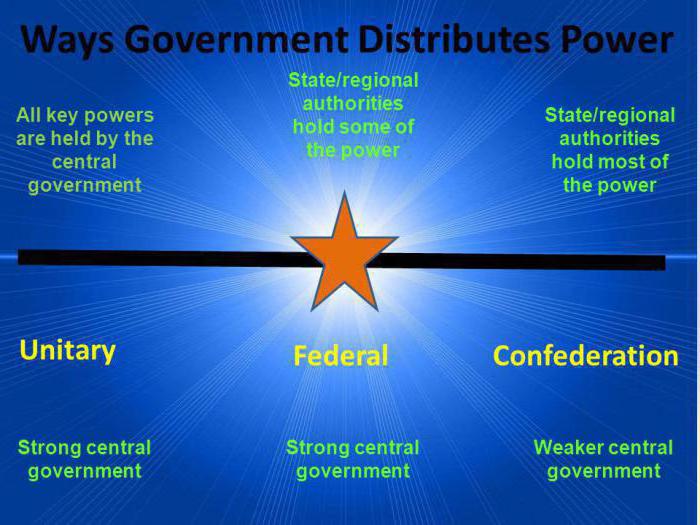
Unitary state means the maximum dependence on the center of regions for which there are no signs of sovereignty. The Federation assumes the existence of limited sovereign rights for its subjects and even elements of statehood. But federal laws are often still considered to be higher than regional ones. The confederal structure of the state means even greater independence of the subjects. They have the right to establish external relations and freely withdraw from the state if they wish. Moreover, the domestic legislation of the entities prevails over the national one.
In addition, in international law there are various interstate entities: unions, blocs, associations, commonwealths, unions. But in the full sense of the word, these entities cannot be called states, since the interaction of their subjects concerns only certain areas and even that with the right to refuse to follow the all-Union policy if it runs counter to national interests.
A confederate state, in fact, is a cross between a federation and an interstate association. It, like the federation, can be considered a separate integral power, but with the absolute right of the subjects to independently resolve internal issues and with freedom of exit, as in interstate associations.
In turn, the confederation can be divided into traditional and soft. The first involves more stringent obligations between entities than the second.
Main signs
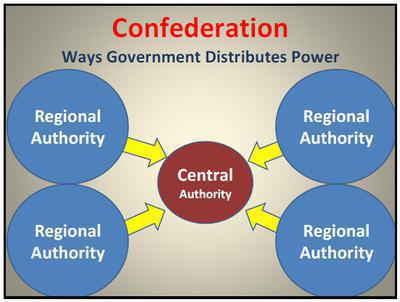
Let's define the main features of a confederate state. These include the following defining points:
- the presence of sovereignty and statehood in all entities;
- the right to secession (exit);
- members of the confederation have their own legislation, authorities, and armed forces;
- lack of common citizenship;
- mandatory approval of all decisions of confederal bodies at the local level;
- decisions on all general issues are adopted by subjects unanimously, and not on the basis of the majority principle;
- priority of regional laws over union;
- the presence of a common governing body of the confederation.
The presence of all these factors indicates that the described state is a typical confederation. At the same time, there are various transitional forms. For example, the European Union has signs of both a soft confederation and an interstate association.
Thus, a confederal state is characterized by a very weak central authority, and involves the ratification of all general resolutions by each entity individually.
Historical examples
Now let's look at specific examples of confederate states that existed in history.
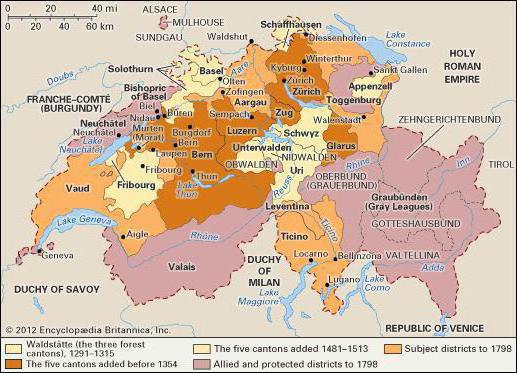
One of the earliest and most famous examples of confederation is Switzerland. This public entity appeared in 1291. It was then that the three cantons (communities) signed the union treaty, which marked the formation of the Swiss Union. Later, another 23 cantons joined him. However, in 1848 a constitution was adopted that turned the country into a federation, but the official name of the state still sounds like the Swiss Confederation. Nevertheless, the 557 years during which a confederate system existed in the country is the longest period in the history of the existence of such a formation.
The medieval state of the Commonwealth was also a kind of confederation of the Kingdom of Poland and the Grand Duchy of Lithuania. This state formation lasted from 1569 to 1795, when it was finally divided between the Russian Empire, Prussia and Austria.
The Austro-Hungarian Empire itself from 1867 to 1918 can also be considered a specific form of confederation. The German Union, which existed from 1815 to 1866, was also a confederate state entity.
The United States at the initial stage of its existence was also, in fact, a confederation of 13 colonies. This period in the history of the country lasted from 1776 to 1789. But in 1789, the Constitution was adopted, as amended up to now, which significantly strengthened the influence of the central government.

During the Civil War from 1861 to 1865, the rebellious states proclaimed the creation of the Confederate States of America, seeking the right to their maximum independence.
Recent Confederations
Confederations arose throughout the 20th century. True, their existence was very fleeting. These states include the UAR, which from 1958 to 1961 included Syria and Egypt, and in 1963 also Iraq. In 1958, the Arab Federation existed, despite its name, which had a confederate structure. It consisted of Jordan and Iraq. In 1960 - 1962, Ghana, Guinea and Mali formed the Union of African States. In 1982 - 1989, due to the unification of Senegal and the Gambia, there was a confederal state of Senegambia. In addition, history knows about state entities FAR (1971) and AIR (1974), which respectively united Syria, Libya, Egypt and Tunisia, Libya.
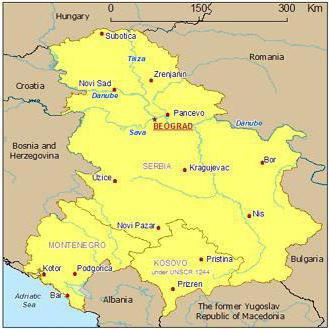
The last state that can be considered a typical confederation is the Union of Serbia and Montenegro, which existed from 2003 to 2006.
Confederations in the modern world
Today in the world there are no confederations in their typical form. But some of the states have signs, thanks to which, their form of organization can be attributed to the confederate rather than to any other.
First of all, Bosnia and Herzegovina should be mentioned. It consists of three components: the Republika Srpska, the Federation of Bosnia and Herzegovina and the separate Brcko District, controlled by peacekeepers. On the territory of each territorial subject there is its own legislation, a monetary unit, there are troops, which corresponds to the signs of a confederation.
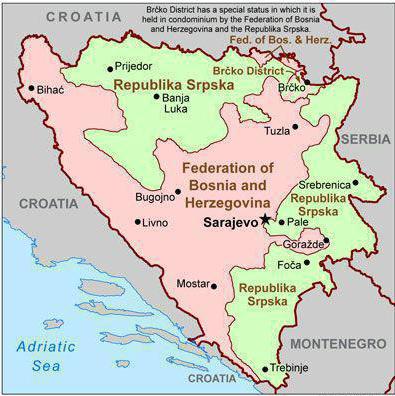
Also, some political analysts believe that the structure of the European Union has signs of a soft confederation.
This is what modern confederate states look like.
Causes of fragility
If you do not take into account the history of Switzerland and the Commonwealth, we can conclude that almost all states with a confederate structure are short-lived.
This is due to the fact that the unification of various public entities takes place to address specific goals. After the tasks have been solved, either the state collapses or it becomes a federation if the subjects understand the need for an unlimited union.
Confederate device value
The confederal government system cannot be attributed to the main formations that now exist in the world. The main directions of state development remain federal and unitary. Therefore, at present, there are no pure confederations, and when they arise, they are, most often, a temporary phenomenon.
At the same time, it cannot be said that confederation is one of the effective tools for solving problems common to several state entities. Although this union is temporary.
